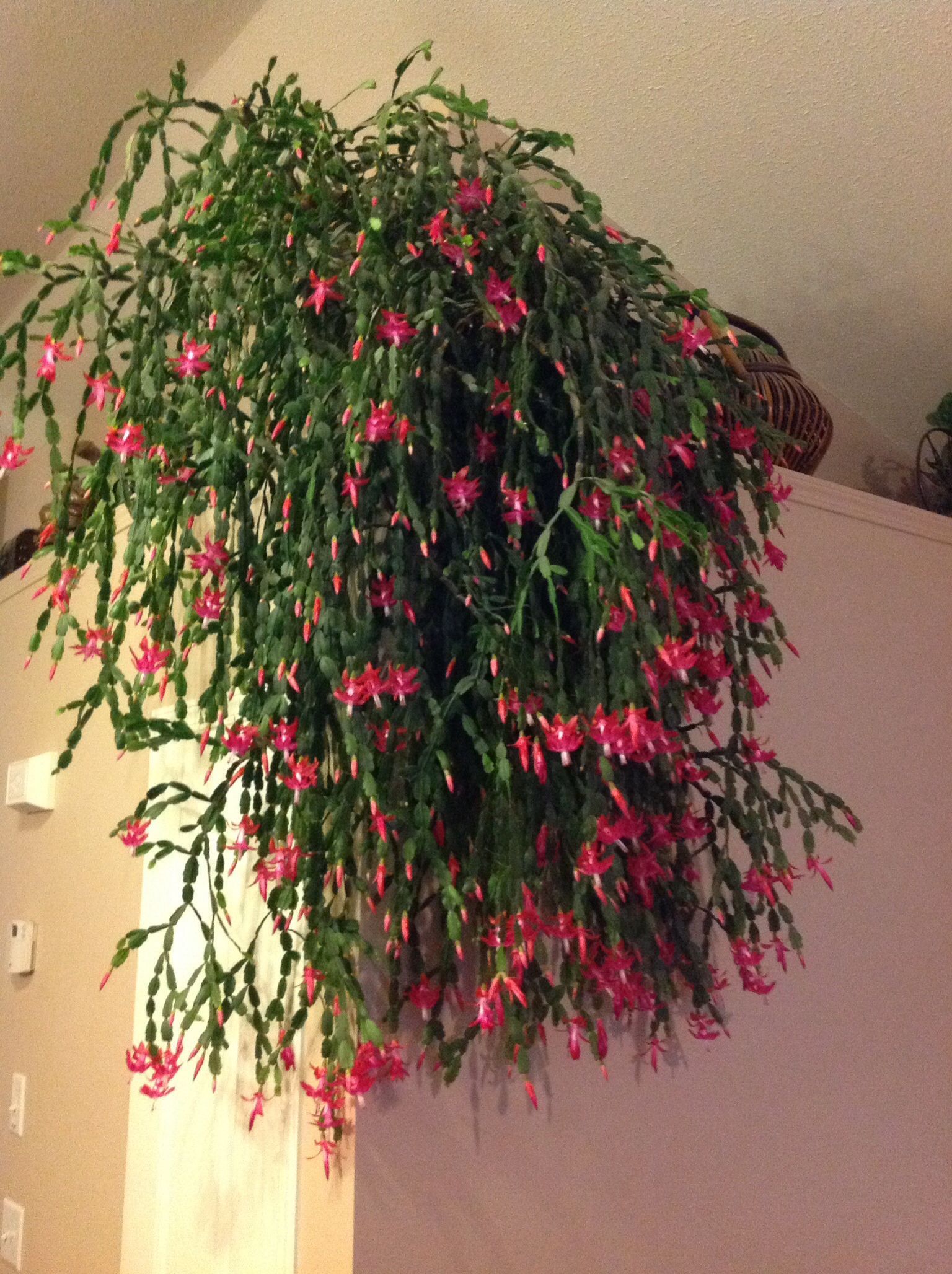Christmas Cactus: A Globally Cherished Gem
The Christmas cactus, known scientifically as Schlumbergera, is a perennial favorite during the holiday season. While many people may regard it primarily as a decorative plant, understanding its true nature opens the door to a rich appreciation of this captivating succulent. This article delves into its unique characteristics, dispelling common myths, and exploring its care requirements and festive significance.
Unraveling the Bioanatomy of Christmas Cactus
To determine if the Christmas cactus is indeed a succulent, one must examine its anatomical structure. Succulents are typically characterized by their ability to store water in thick, fleshy leaves or stems, enabling them to survive in arid environments. The Christmas cactus does possess certain succulent traits, particularly in its distinctive flat, segmented stems that can retain moisture.
Unlike traditional cacti, which are marked by spines and a robust exterior, the Christmas cactus exhibits a unique form. Its stems are composed of jointed pads that articulate with one another, creating a visually arresting cascade. Notably, the Christmas cactus lacks the typical spine-covered protuberances seen in many cacti species. This absence of spines allows the plant to thrive in a more humid environment, contrasting the harsh, dry habitats often associated with its more arid siblings.
A Vital Distinction
Yet, the Christmas cactus is often categorized as an epiphytic flowering plant, which means it grows naturally on other plants, typically in the rainforest ecosystems of Brazil. This growth pattern, where the plant clings to trees and absorbs moisture from the air and surrounding debris, is significantly different from the terrestrial adaptations of many cacti. Hence, while it exhibits some succulent-like characteristics, calling the Christmas cactus a traditional succulent oversimplifies its biological and environmental complexities.
The Hours of Bloom: A Festive Wonderland
One of the most enchanting aspects of the Christmas cactus is its flowering cycle. The blooms emerge in late fall to early winter, delighting enthusiasts with vibrant pinks, reds, and whites. This unique timing contributes to its festive appeal, making it a popular choice for holiday décor. Understanding the blooming period requires attention to environmental cues, such as light exposure and temperature. After typically experiencing a resting phase in late summer, the plant requires a cooler environment to initiate bud formation.
Manipulating these conditions can lead to a spectacular floral display. Reducing the amount of light the plant receives can signal to the Christmas cactus that it’s time to bloom. Around a month of limited light, paired with consistently moderate temperatures, can warrant a captivating show of color, elevating holiday cheer—a testament to the intricate relationship between horticulture and environment.
Optimal Care for a Flourishing Festivity
Proper care is paramount to ensuring your Christmas cactus thrives and produces ample blooms. Given its epiphytic nature, understanding its specific needs can greatly enhance its life span and flowering frequency.
Light Conditions: Christmas cacti prefer bright, indirect sunlight. Direct sun exposure can scorch the delicate pads, creating a less visually appealing specimen. Positioning your plant near a window filtered by sheer curtains creates an ideal environment for growth.
Watering: The moisture retention ability of the Christmas cactus necessitates a balanced watering approach. Overwatering can lead to root rot, while underwatering can cause wilting. It is best to allow the top inch of soil to dry before watering thoroughly. A plant that is well-hydrated tends to produce more vibrant blooms and appears robust.
Soil and Fertilization: A well-draining potting mix designed for succulents or orchids is ideal. Ensure that the pot has drainage holes to prevent standing water, which can adversely affect root health. During the growing season, a balanced fertilizer can encourage healthy development, but caution against excessive feeding, which can lead to lush foliage at the expense of blooming.
Temperature and Humidity: Christmas cacti prefer cooler temperatures, ideally between 60°F and 70°F. Avoid exposing them to direct heat sources, which can cause stress. Additionally, maintaining higher humidity levels, perhaps through regular misting or pebble trays, mimics their natural environment, promoting healthier growth.
Beyond the Home: Cultural Significance
The cultural significance of the Christmas cactus transcends its role as a holiday decoration. Often passed down through generations, this plant is seen as a symbol of family and love. Its longevity and ability to flourish with the right care make it a representation of resilience and growth, embodying the spirit of the holidays.
Furthermore, the Christmas cactus has inspired various folklore and traditions. In some cultures, it is believed that these plants can bring luck and prosperity. Nurturing a Christmas cactus becomes not just an act of gardening, but a means of fostering connection and capturing the essence of the season.
This multifaceted plant offers more than beauty; it weaves itself into the fabric of holiday celebrations, reminding us of the importance of nurturing relationships with loved ones and the natural world. Whether as a festive centerpiece or a cherished heirloom, the Christmas cactus deserves its place in our homes during the joyous season and beyond.





Leave a Comment